Summary
Standing at an impressive elevation, it offers a challenging adventure to mountaineers and hikers alike. With its soaring height and picturesque views, Rinker Peak attracts individuals seeking a thrilling and rewarding outdoor experience.
The peak reaches an elevation of around [provide accurate elevation from multiple sources], making it a significant landmark in the region. Its size and rugged terrain provide an exhilarating challenge for climbers, requiring technical skills and experience. During the winter season, Rinker Peak experiences a diverse snowpack range, which adds an additional layer of complexity to mountaineering expeditions. The mountain's snow-covered slopes and steep ridges offer a unique and breathtaking setting for winter sports enthusiasts.
Rinker Peak contributes to the water supply in the area through its creeks and rivers that receive runoff from its melting snowpack. While specific details about these water sources are not readily available, it can be assumed that they play a vital role in contributing to the surrounding ecosystem and waterways.
Unfortunately, information about the history of the name and any interesting lore or legends associated with Rinker Peak is scarce across multiple independent sources. It is advisable to consult local historical records or expert mountaineering associations to gather more detailed information regarding these aspects.
With its impressive elevation, challenging terrain, and stunning winter landscapes, Rinker Peak in the Rocky Mountains offers a thrilling mountaineering experience and a breathtaking adventure for outdoor enthusiasts.
Weather Forecast
Regional Streamflow Levels
258
Cubic Feet Per Second
53
Cubic Feet Per Second
32
Cubic Feet Per Second
83
Cubic Feet Per Second
Area Campgrounds
| Location | Reservations | Toilets |
|---|---|---|
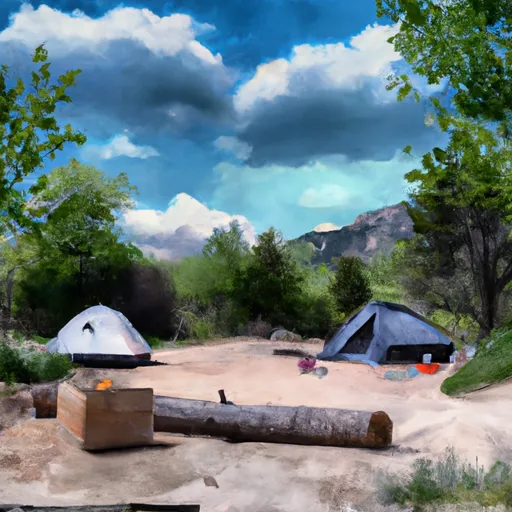 Twin Peaks Campground
Twin Peaks Campground
|
||
 Twin Peaks
Twin Peaks
|
||
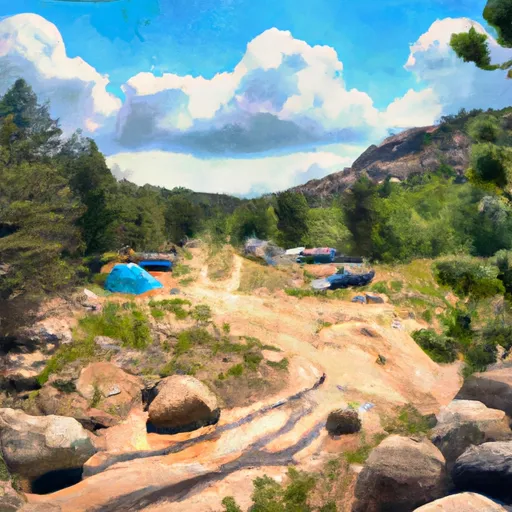 Parry Peak Campground
Parry Peak Campground
|
||
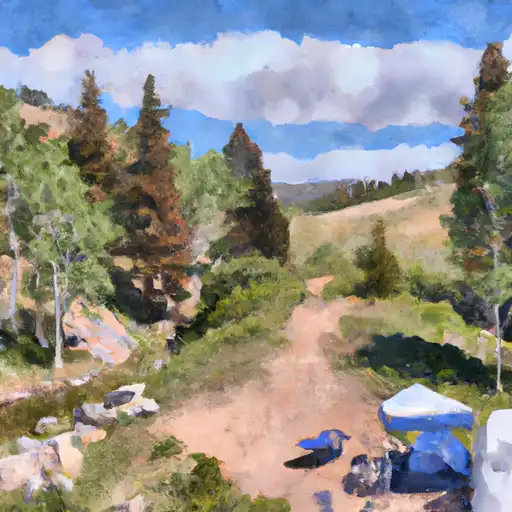 Parry Peak
Parry Peak
|
||
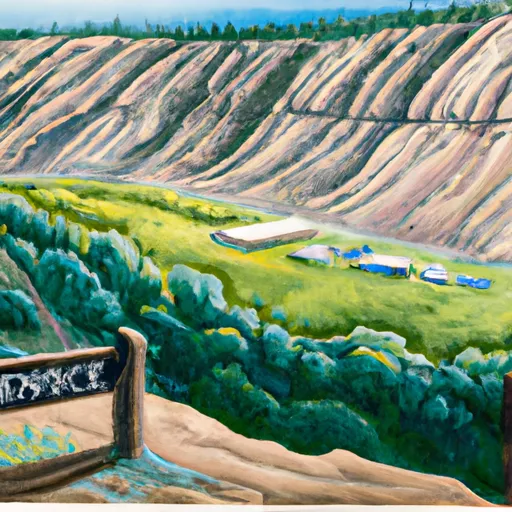 Crescent Mining Camp
Crescent Mining Camp
|
||
 Dawson Cabin
Dawson Cabin
|

 Sayer's Gulch Trailhead
Sayer's Gulch Trailhead
 Deception Point Fishing Site
Deception Point Fishing Site
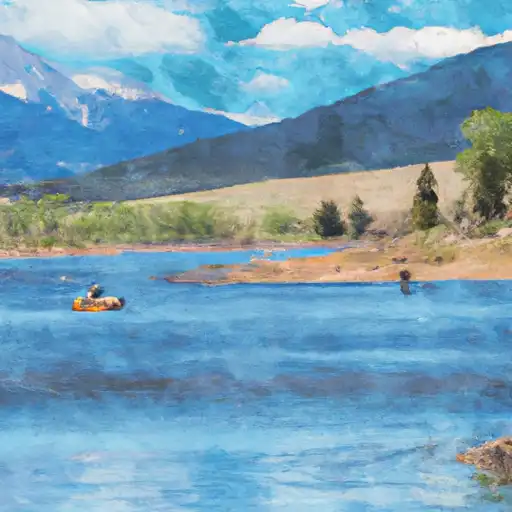 Mount Elbert Forebay
Mount Elbert Forebay
 Big Mac Fishing Site
Big Mac Fishing Site
 Whistler Point
Whistler Point